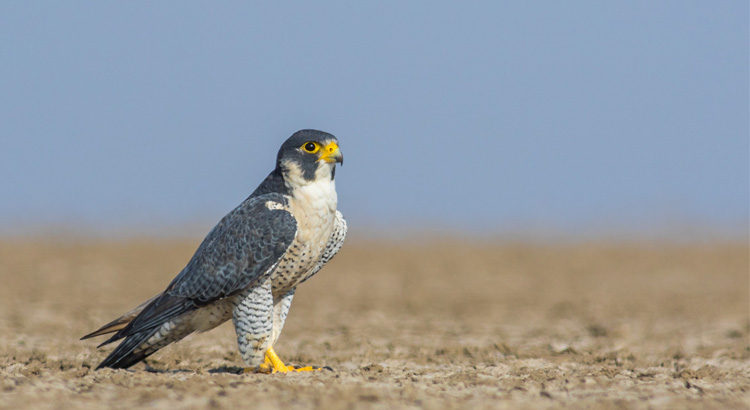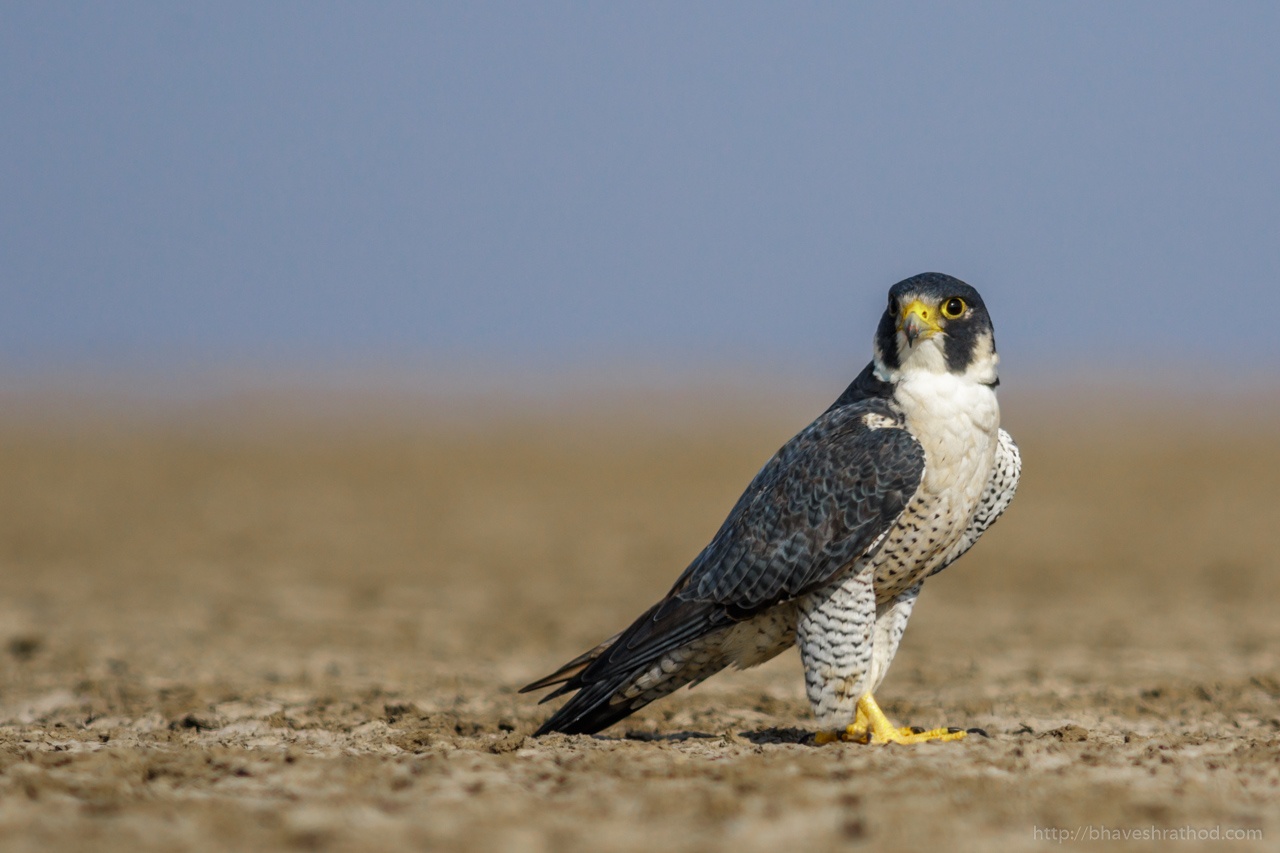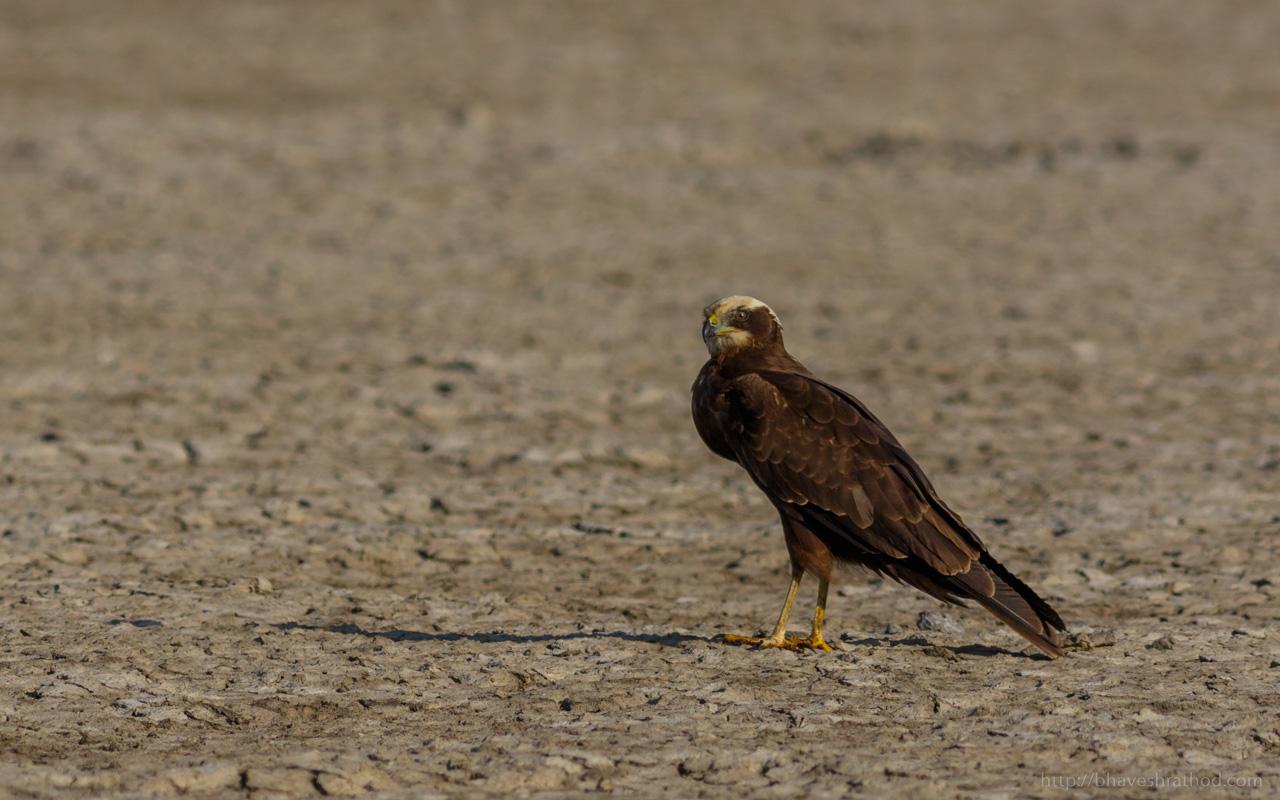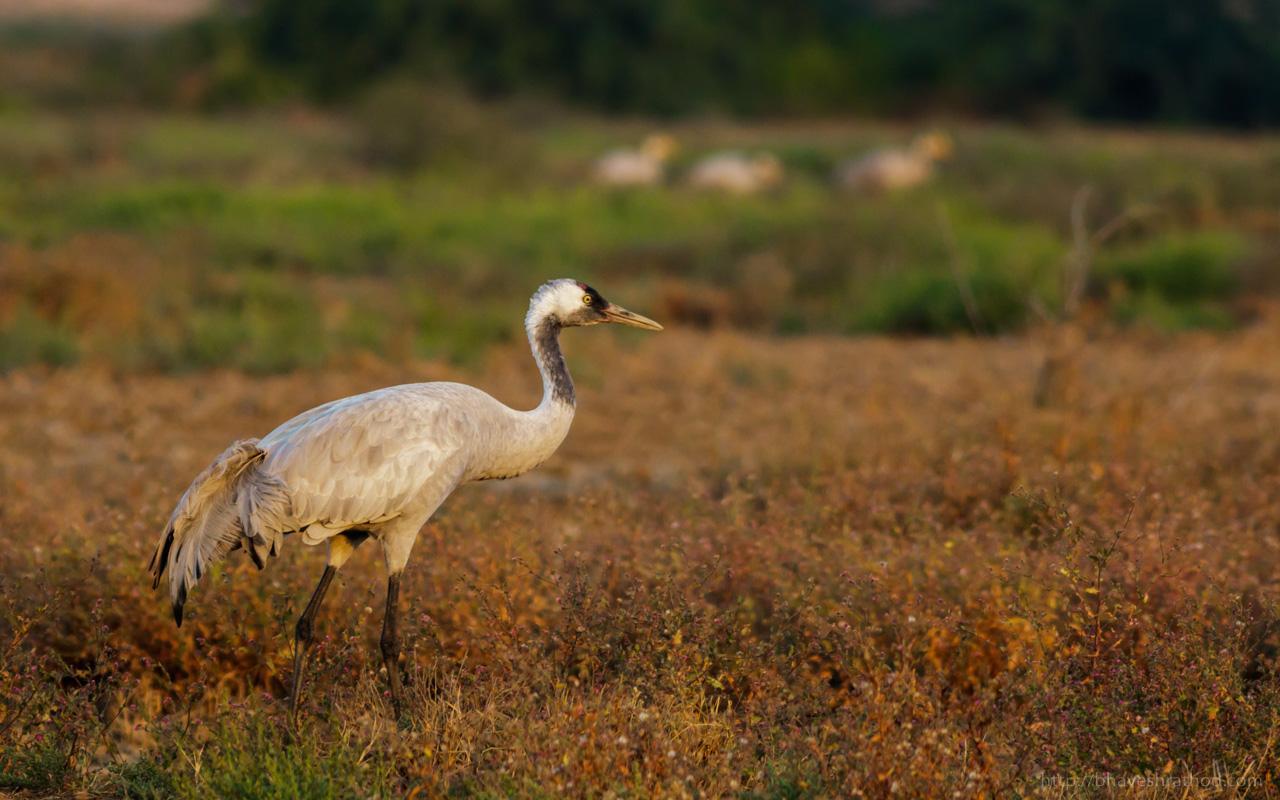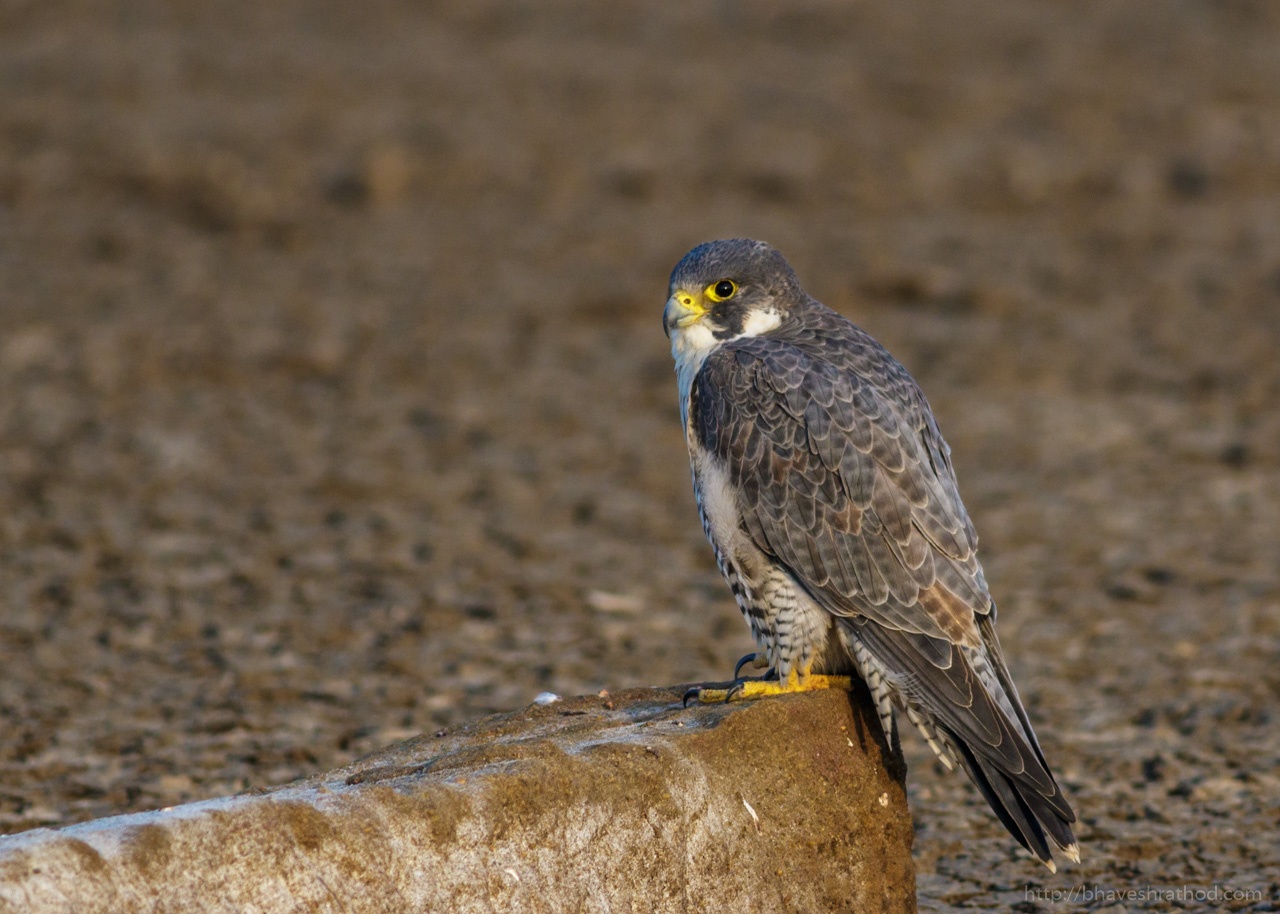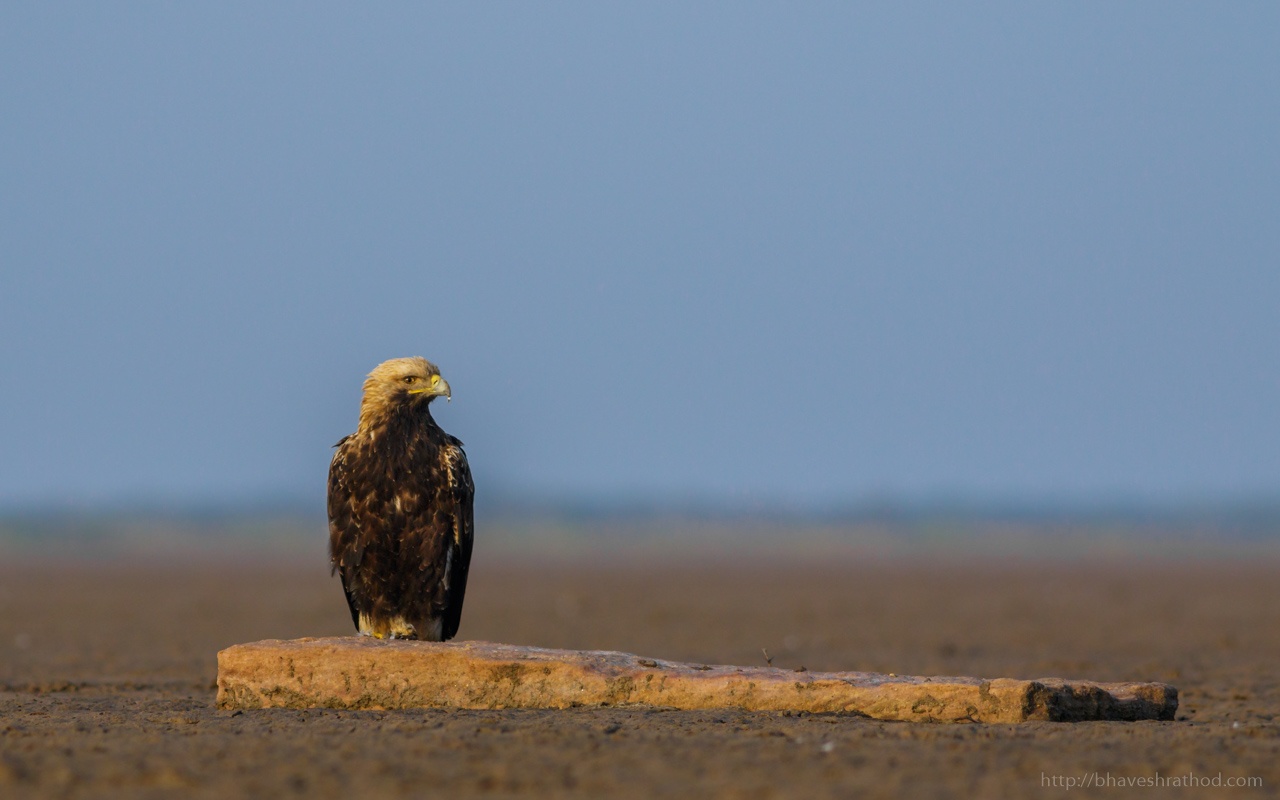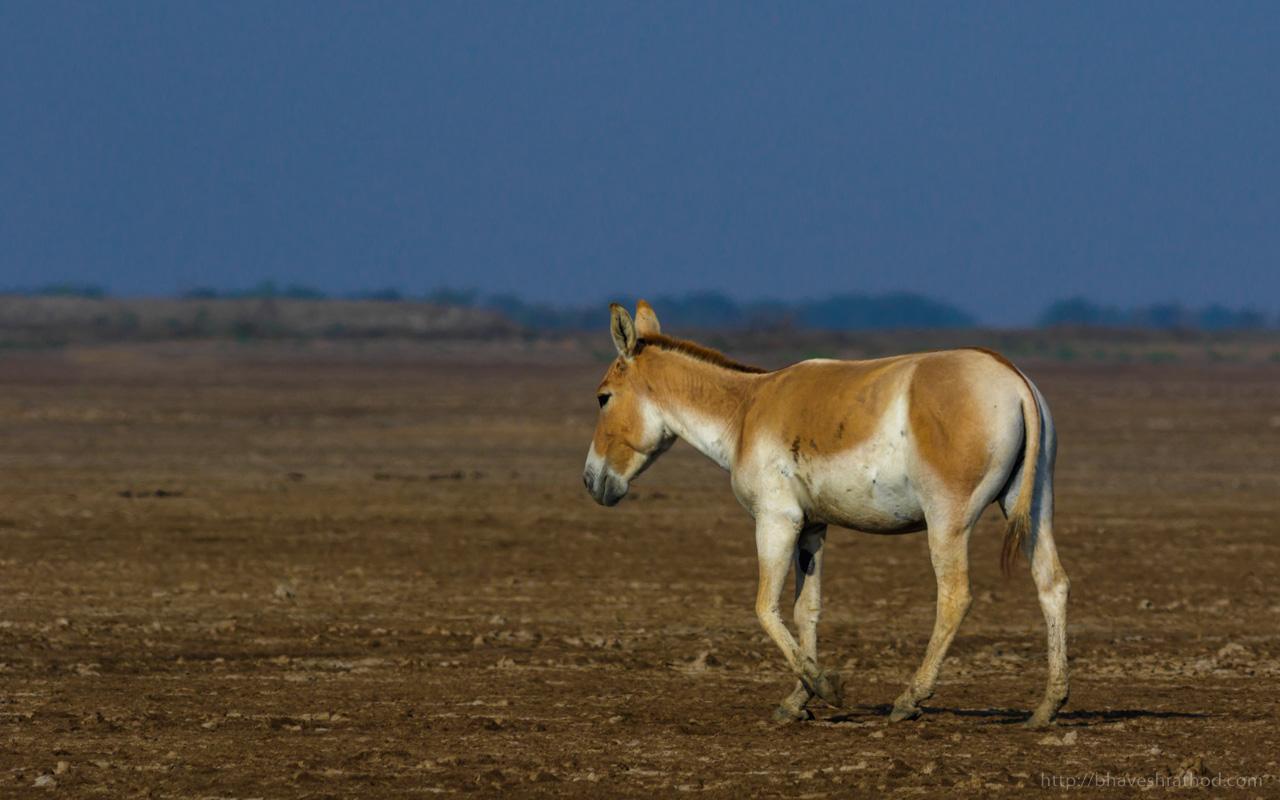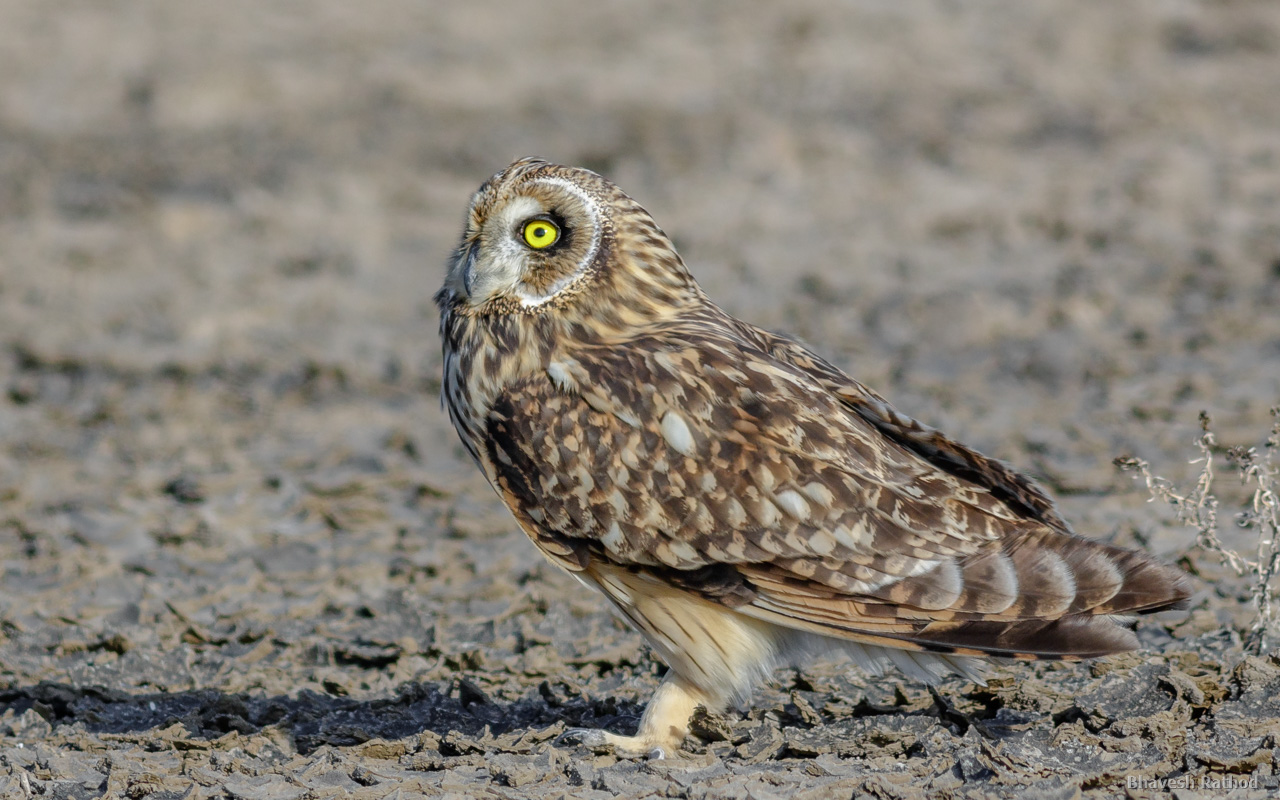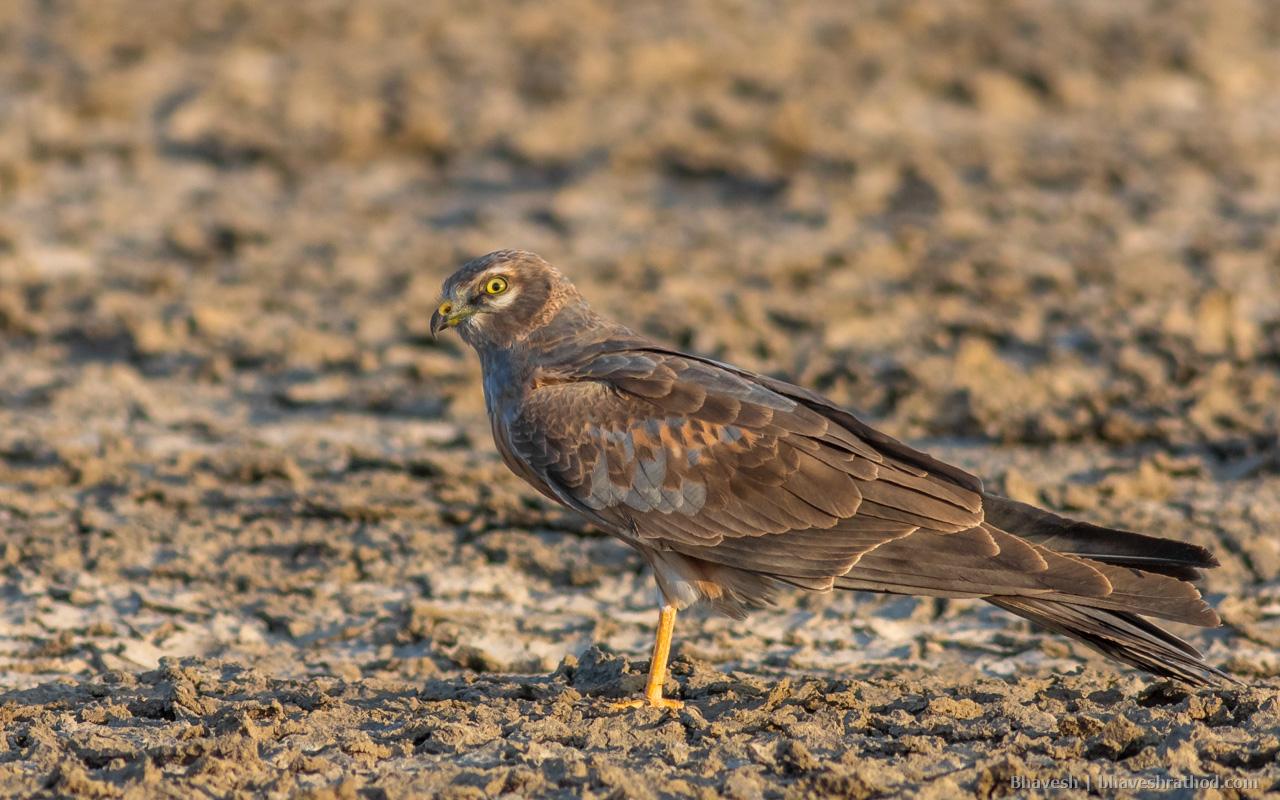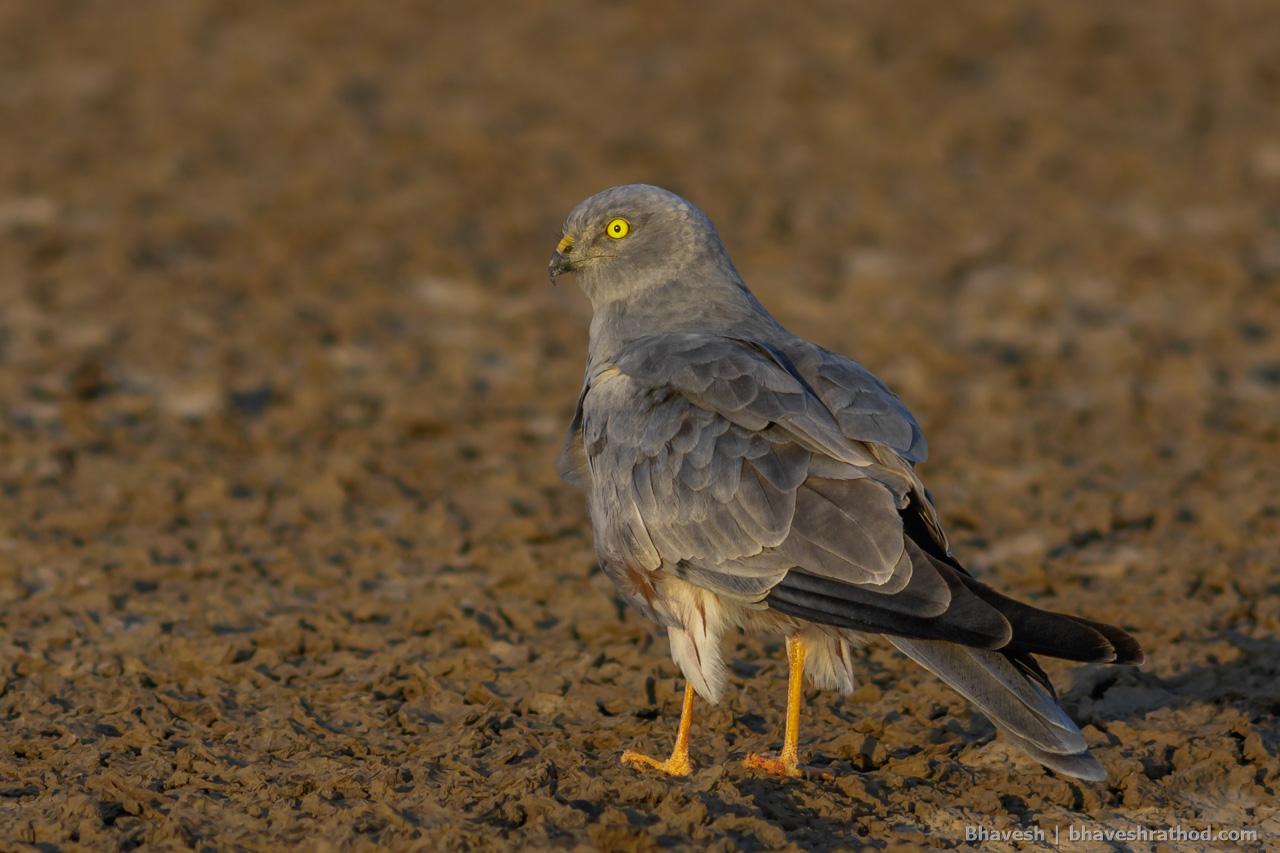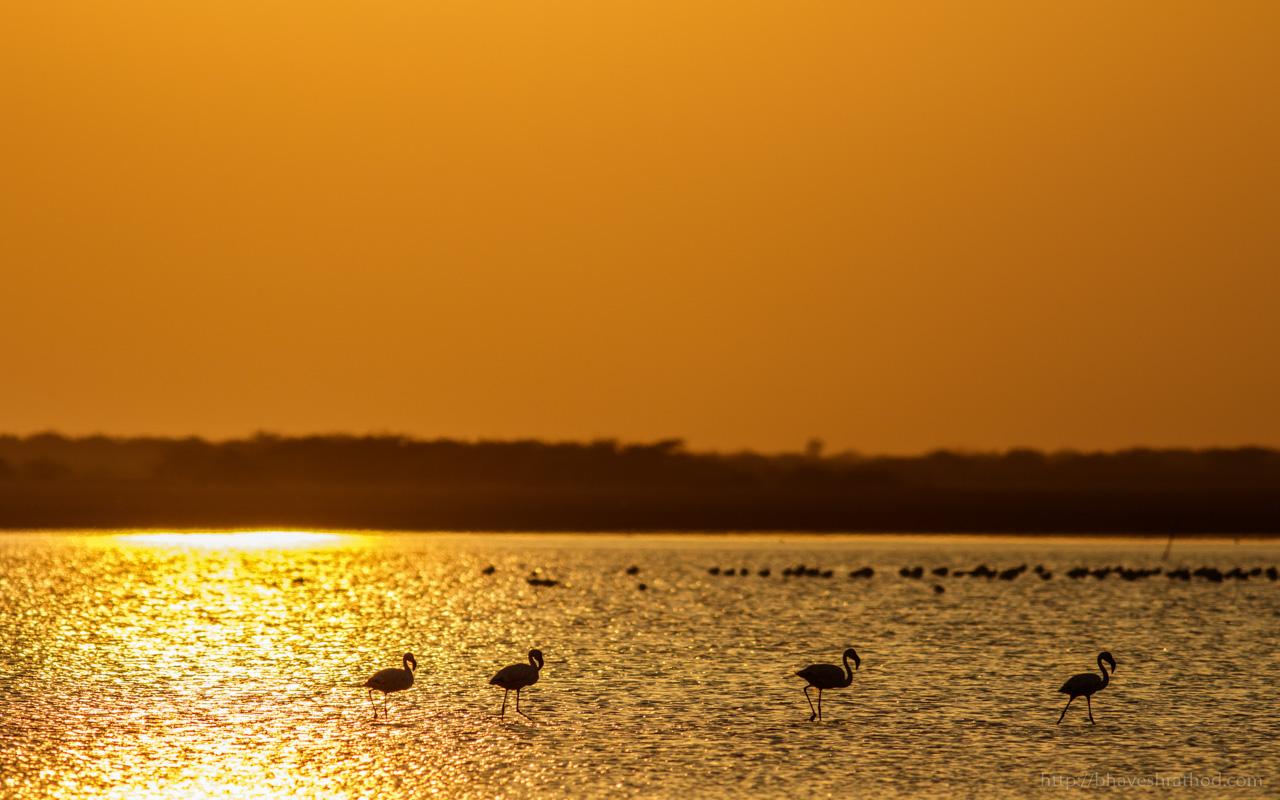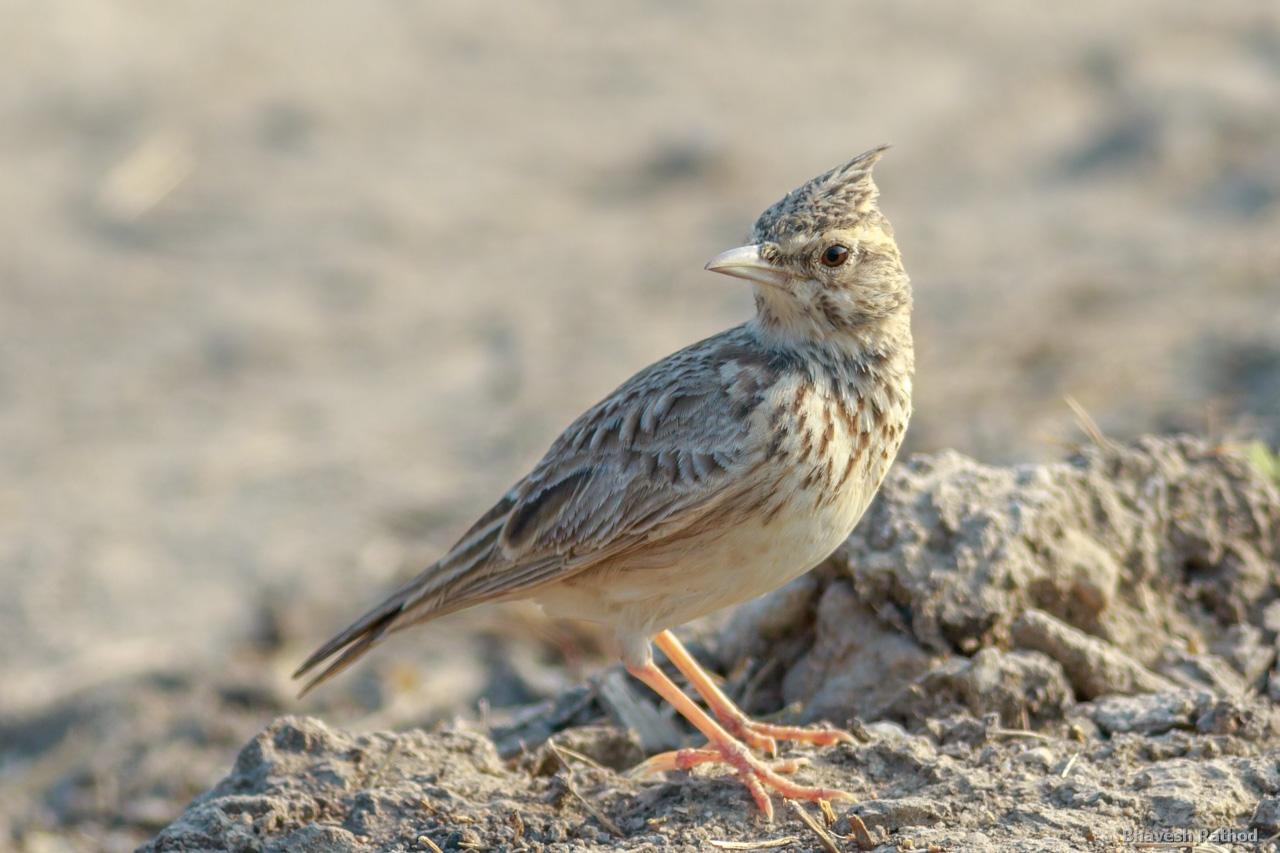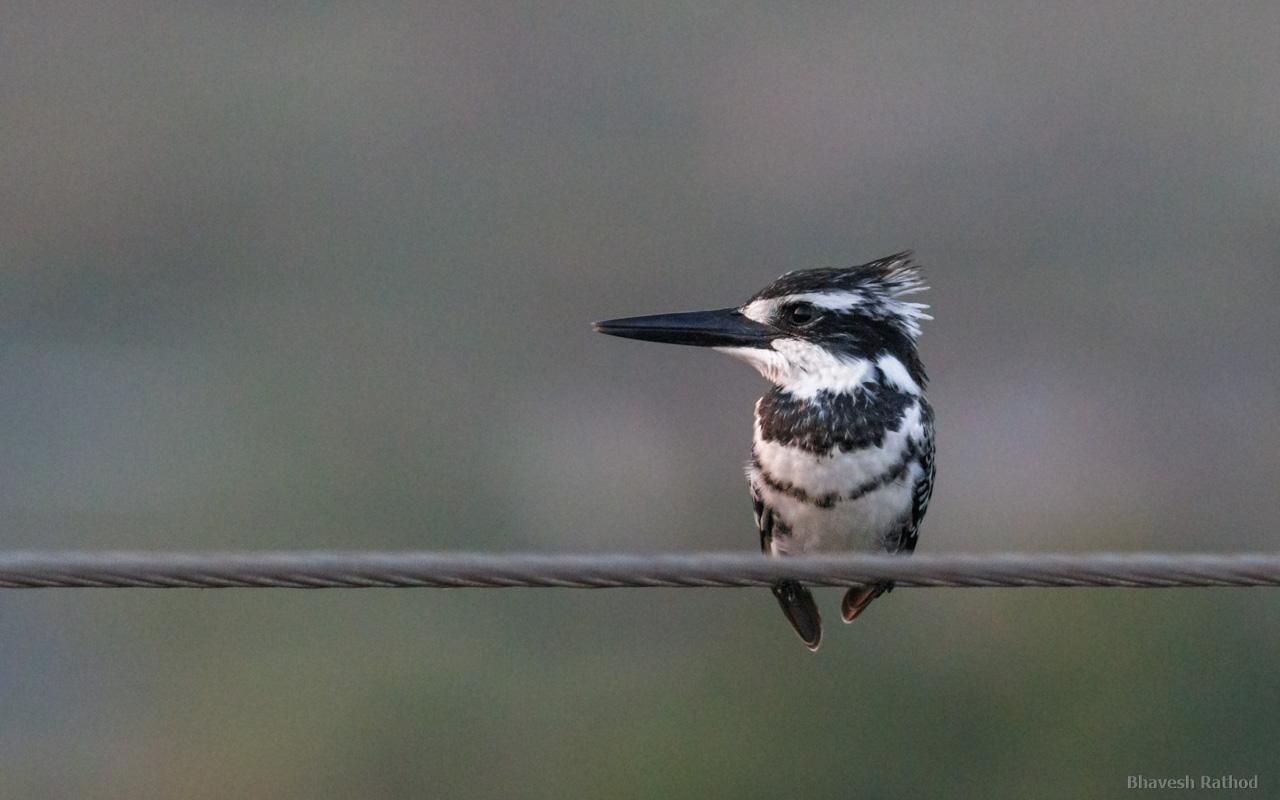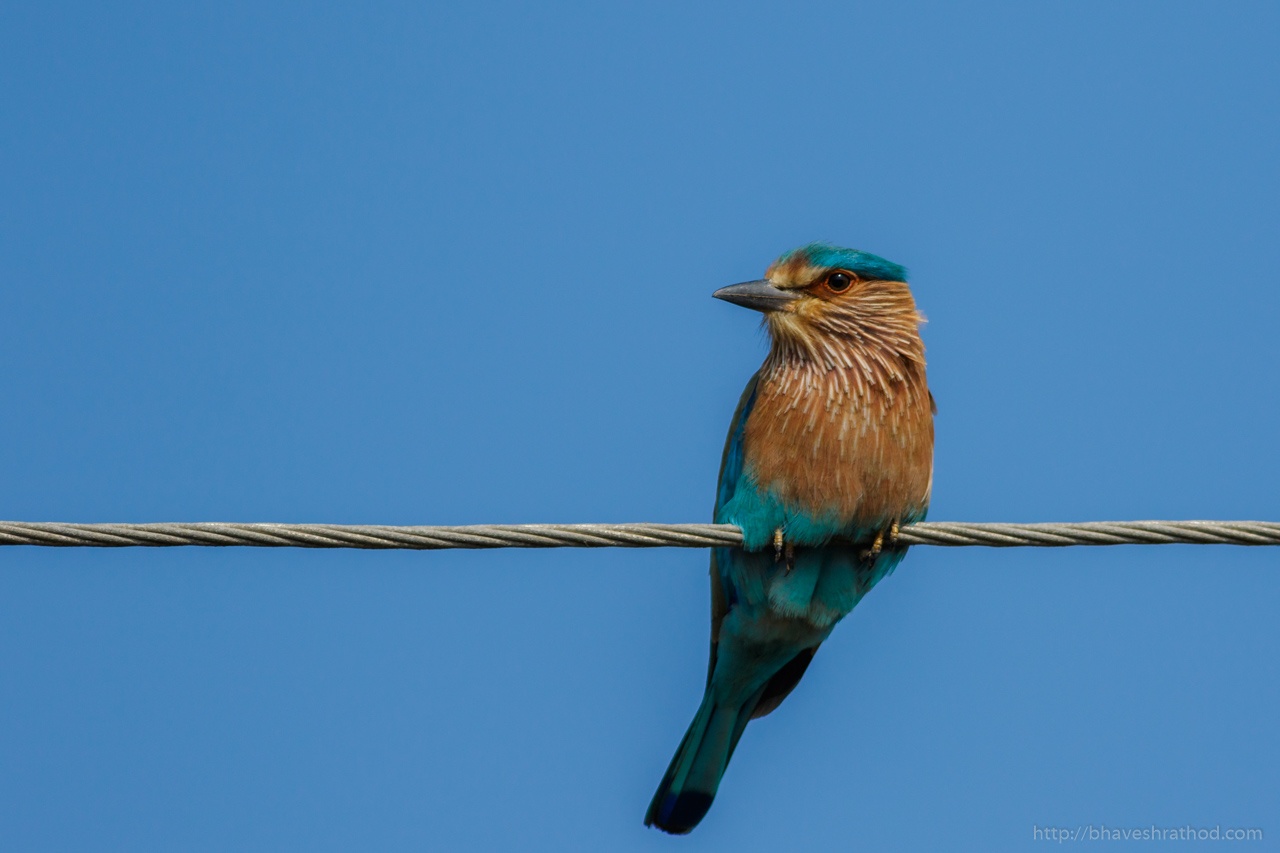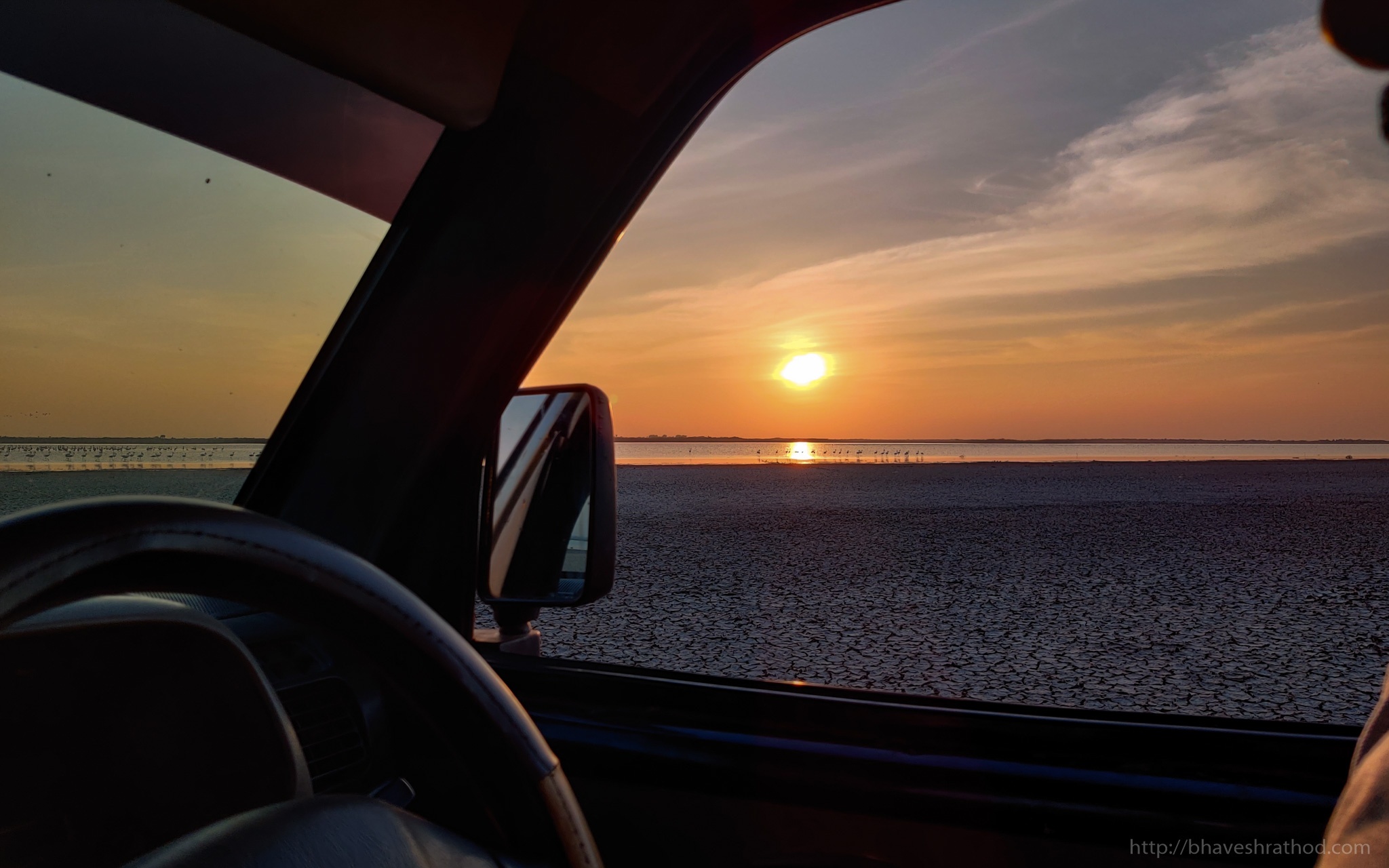- Airoli Mangroves & Jetty near Airoli Bridge (Map)
- Arnala
- Badlapur – Neral/Karjat road
- Barvi Dam forest on Badlapur – Murbad road
- Belapur Creek
- Bhandup Pumping Station – on Eastern Express Highway (Map, List of birds)
- Bhopar, Dombivli (Map)
- Cidco Nature Park – CBD Belapur (Map)
- Ghansoli Mangrove (Map)
- Kalwa Hills (Map)
- Karjat – Khopoli – Pali Road
- Karnala Bird Sanctuary (Map)
- Kharghar Hills (Map)
- Maharashtra Nature Park at Dharavi, Maharashtra, India (Map)
- Mhasa Forest – Karjat -Murbad Road
- Mumbra Devi Temple, Mumbra (Map)
- Nerul Mangroves at Seawoods, Nerul (Map)
- Ovalekar Wadi (Butterfly garden) at Ghodbunder road, Thane
- Padle Gaon – Dombivli (Map)
- Powai lake (Map)
- Rajmachi, Lonavala
- Retibunder, Dombivli (Map)
- Saatpool, Dombivli (Map)
- Sanjay Gandhi National Park, Borivali (Map)
- Sanjay Gandhi National Park, Nagla Block (Map)
- Sewri Jetty (Map)
- Thakurli Creek
- Tungareshwar Wildlife Sanctuary
- Vashi, Navi Mumbai, Mangrove behind sector 29 and Sector 10. (Map)
Author: Wild India
Articles
Birding
Photography
- How to Size Images for Online Sharing
- Cheat Sheet: How to Hold a Camera
- Five Photography Bad Habits to Quit Today
- HOW TO TAKE SHARP PHOTOS
- TIPS FOR PHOTOGRAPHING BIRDS
- HOW TO HOLD A CAMERA FOR SHARP PHOTOS
- PHOTOGRAPHY FOR BEGINNERS: DO YOU UNDERSTAND DEPTH OF FIELD?
- THE ART OF USING ASPECT RATIOS IN DIGITAL PHOTOGRAPHY
- BIRD PHOTOGRAPHY TUTORIAL – BY MIKE ATKINSON
- PHOTOGRAPHY DEPTH OF FIELD (DOF)
- DSLR CAMERA FOCUSING TIPS FOR BEGINNERS
- 8 TIPS FOR PHOTOGRAPHING BUTTERFLIES
- EXPLORING METERING MODES
- HOW TO PHOTOGRAPH FLOWERS
- EXPOSURE TIPS IN PHOTOGRAPHY
- PHOTOGRAPHY TIPS FOR MIST, FOG, CONDENSATION AND HAIL
- WHY YOU SHOULD USE YOUR LENS’ HOOD
- HOW TO USE DEPTH OF FIELD
- SHOULD YOU BUY A DSLR OR POINT AND SHOOT DIGITAL CAMERA?
- HOW TO MAXIMIZE YOUR CAMERA’S BATTERY LIFE
- POSITION OF LIGHT IN PHOTOGRAPHY
- HOW TO USE CONVERGING LINES TO ENHANCE YOUR PHOTOGRAPHY
- WHAT IS THE BEST FILE FORMAT TO SAVE YOUR PHOTOS IN? PSD * TIFF * JPEG * GIF * PNG
- CAPTURING BIRDS IN FLIGHT
- NIKKOR LENS SIMULATOR
- UNDERSTANDING RECIPROCITY IN PHOTOGRAPHY
- TIPS FOR IMPROVING COMPOSITION IN PHOTOGRAPHY
- PHOTOGRAPHY: RULE OF THIRDS
- How to Photograph Reflective Surfaces
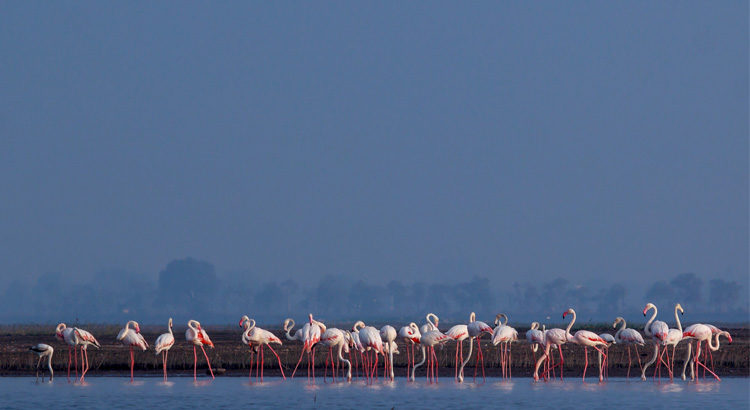
Flamingo Watching Tour in Mumbai
Introduction
Thane Creek is an inlet in the shoreline of the Arabian Sea that isolates the city of Mumbai from the Indian mainland. The Maharashtra Government has declared the area along the western bank of the Thane Creek as the “Thane Creek Flamingo Sanctuary”. A flamingo sanctuary in a bustling metropolis. The creek has been attracting flamingos in large numbers since 1994. By November every year, over 30,000 of these birds, along with their chicks, descend here and occupy the mudflats and the bordering mangroves. They stay here till May, after which most of them migrate to Bhuj in Gujarat for breeding, leaving a small resident population. A large number of waders are also spotted along with them.
Pied avocet, Northern Shoveler, Common Redshank, marsh sandpiper, common greenshank, Curlew Sandpiper, Caspian Tern, Little Terns, white-bellied sea eagle and Eurasian marsh harrier have been spotted. BirdLife International has declared the creek an important bird area.
Meeting Point
Note
- Group discount available above 8 members
- Maximum of 15 members can be accommodated on the boat
- Timings of the tour depends on the tide.
Things to carry
- Cap/hat
- Camera/binocular
- Water
Facts about Flamingo
The word ‘flamingo’ comes from the Spanish word ‘flamenco’ meaning fire, which refers to the bright pink or orange colour of the feathers.
There are six flamingo species, including the greater flamingo, Chilean flamingo, lesser flamingo, Caribbean flamingo, Andean flamingo and puna flamingo.
The bright colour of flamingo feathers is caused by the presence of carotenoid pigments found in the algae and crustaceans that make up the diet of a flamingo.
Flamingos are monogamous (they have just one partner) and they produce one egg each year.
Little grey baby flamingo chicks hatch atop a mud nest constructed by the adults and take up to three years to attain their full mature plumage. The flamingos become pink over time as their feathers are slowly dyed by the carotenoids in their diet.
Flamingos can live a long time around 20-30hrs – some individuals have been recorded at 70 years of age, giving them one of the longest lifespans in the bird world.
When they want to rest, flamingos stand on one leg.
The visible “knee” of the flamingo is actually ankle joint. True knee is close to the body and can’t be seen because of the feathers.
Request for cost / Enquire about this tour
Please include complete details and contact information. In case of any special requirement please include the same in other details section.
[rule style=”rule-fadecorder” ]
For bird watching/photography or wildlife tour in India email us info@wild-india.in or speak with our team lead.
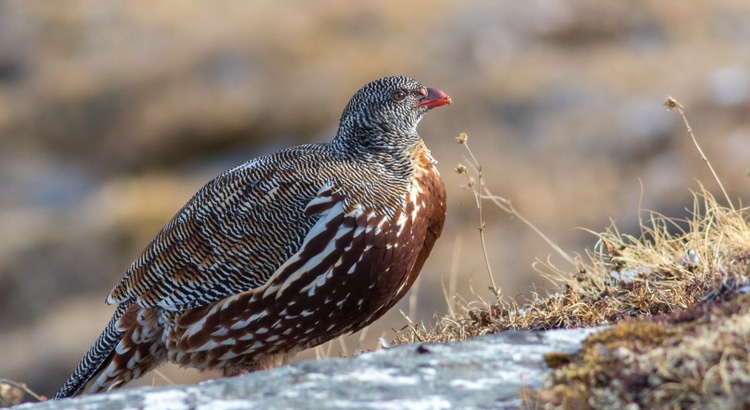
Birding in Uttarakhand (Makku, Chopta & Tunganath)
Introduction
Chopta is a small region of meadows and evergreen forest area which is a part of kedarnath wildlife sanctuary located in Uttarakhand state, India and a base for trekking to Tungnath, third temple of Panch Kedar, which lies 3.5 kilometres (2.2 mi) away.
Chopta is an unspoiled natural destination lying in the lap of the Uttarakhand Himalayas and offers views of the imposing Himalayan range including Trishul, Nanda Devi and Chaukhamba. It is located at an elevation of 2,680 metres (8,790 ft) above sea level. Chopta village is surrounded by forests of pine, deodar and rhododendron and is rich in flora and fauna include rare species of birds and musk deer.
[rule style=”rule-fadecorder” ]
Tour Itinerary
Day 1: Pick up by CAR from Dehradun airport by 12:30 PM and proceed towards Mukku Village. Approx driving time is 7 to 8 hrs. Reach Mukku Village around 8 PM in the evening.
Day 2: Visit Chopta monal points, Mukku Bend, Mukku Farm. Interactive session in evening followed by dinner.
Day 3: Visit Chopta monal points, Mukku Bend, Mukku Farm. Interactive session in evening followed by dinner.
Day 4: Visit Kakraghat and bird-watching on the way. Interactive session in evening followed by dinner.
Day 5: Bird-watching in and around Mukku village. Interactive session in evening followed by dinner.
Day 6: Leave for Dehradun airport early in the morning by 3:30 AM.
Note: Wake up call at 5:30 in the morning everyday.
[rule style=”rule-fadecorder” ]
Note that this is a sample itinerary and can be customized as per your requirements. Please use the form below to let us know about your requirements and we shall get back to you with an updated itinerary along with a tentative cost.
[rule style=”rule-fadecorder” ]
Enquire about this tour
Please include complete details and contact information. In case of any special requirement please include the same in other details section.
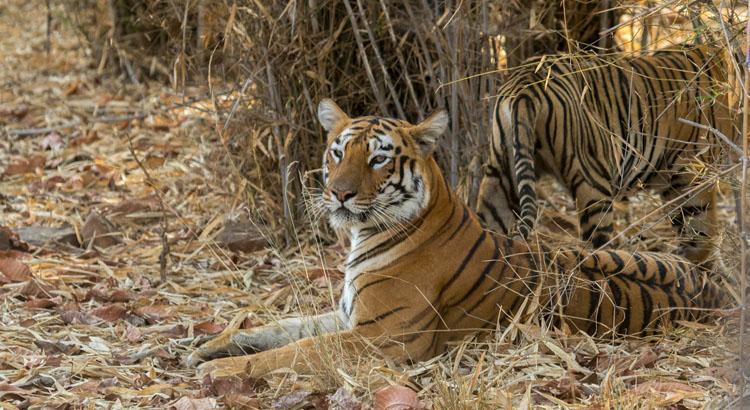
Tadoba Andhari Tiger Reserve (TATR) – Jungle Safari
Introduction
Located right in the heart of Maharashtra, precisely 100 km south of Nagpur and north district of Chandrapur, Tadoba National Park is famous after great revolutionary deity of “Taru” who was been killed mercilessly during an epic war with a tiger. Localities of Maharashtra village signify the divine deity of “Taru” with Tadoba and worship his sacrifice in their hearts.
Tadoba Andhari Reserve is the largest national park in Maharashtra. Total area of the Reserve is 625.4 square kilometers (241.5 sq. mi). This includes Tadoba National Park, created in 1955 with an area of 116.55 square kilometers (45.00 sq. mi) and Andhari Wildlife Sanctuary created in 1986 with an area of 508.85 square kilometers (196.47 sq. mi). The Reserve also includes 32.51 square kilometers (12.55 sq. mi) Protected Forest and 14.93 square kilometres (5.76 sq mi) ‘Other areas’.
Gallery
Here are few clicks from our previous trips. More clicks can be found on our facebook page at Wild India Eco Tours.
[rule style=”rule-fadecorder” ]
Itineary
Day 1: Morning arrive at Nagpur 0900 Hrs. After breakfast transfer to Jungle Resort. 1300Hrs: Arrive at Jungle Resort. After lunch, by 1415hrs we shall leave for a jungle safari. On returning back to resort, we shall have discussions on wildlife and review images followed by dinner. Overnight stay at the forest resort.
Day 2: Leave early morning around 0530hrs for jungle safari. Back to resort for Lunch. Again we shall leave for a jungle safari at around 1415hrs. On returning back to resort, we shall have discussions on wildlife and review images followed by dinner. Overnight stay at the forest resort.
Day 3: Leave early morning around 0530hrs for jungle safari. Some free time for relaxation. After lunch, leave for Nagpur.
[rule style=”rule-fadecorder” ]
Note that this is a sample itinerary and can be customized as per your requirements. Please use the form below to let us know about your requirements and we shall get back to you with an updated itinerary along with a tentative cost.
[rule style=”rule-fadecorder” ]
Enquiry about this tour
Please include complete details and contact information. In case of any special requirement please include the same in other details section.
Reblog: Bird Binoculars
As we have discovered, within the general field of birding there are many different sub categories. So what I mean by this is observing birds over long distances in wide open areas like at the coast or near a lake is very different to going birding in a thickly wooded forest.
So actually it is impossible to say that this is the best birding binocular and leave it at that, you have to decide if you need a pair for a specific niche or if you are looking for a good all round birding binocular that will perform well in a variety of different situations.
Once you have answered this, then we can now take a look at and understand how the different features and specifications on a binocular affect it and it’s performance and rate them in terms of their importance for your type of birding.
Then all you have to do is find which binoculars have the most or if possible, all the features that you are looking for in your price range.
What Magnification for Bird Binoculars?
Getting closer for a better view is the main reason you are looking for binoculars for birds and thus it makes sense that the optical magnification, zoom, or as some people call it the ‘power’ of the instrument is the first place to start.
However because you are trying to get as close to the bird to distinguish as much detail as possible, most people new to birding assume that the binoculars with the most powerful magnifications are the best…
Bigger is not (always) better!
There are a number of drawbacks to high powered binoculars the main ones are:
You will get a narrower field of view (FOV), less apparent depth of focus, a less bright image and higher magnifications also make it harder to keep a steady, shake free image as even the slightest movement is magnified.
There are a few things can be done to make the view through binoculars more steady, like attaching your binocular to a tripod using and adapter or even electronically powered stabilization, like the excellent range of Canon Image Stabilized binoculars, but this does not solve the other problems of having a smaller field and depth of view.
If you plan on using one pair of binoculars for all your bird spotting in a variety of situations, an 8x magnification is the most popular choice for a few reasons:
Wider field of view. You spot a bird high up in a tree and quickly raise your binoculars to your eyes. The wider the field of view, the more likely that your aim will be correct and that the bird will instantly be in the field of view, without having to search about for it. This is especially true for smaller, fast moving birds that don’t stay put. Lower magnification in binoculars means a wider field of view, so many birders prefer 8x to 10x.
Better image stability. More power isn’t always a plus in a handheld optic. A 10x image is shakier because any hand movement is magnified as much as the image is. Many people find they can actually see more detail hand holding 8x than 10x binoculars.
Better with glasses. When wearing eyeglasses, your eyes are positioned farther away from the eyepieces. How far back your eyes can be and still see the whole picture is called eye relief. It’s much easier to find 8x binoculars with enough eye relief to work with your glasses than it is to find 10x.
So to sum up: 7x or 8x binoculars will work well in most types of terrain and in a wide variety of situations, forested areas to open fields. The images tend to be brighter with wider fields of view than higher powered binoculars. The wider field of view makes it easier to follow fast moving birds as well as scan for birds in the distance.
With 10x and even more powerful binoculars you will get more detail which is good for spotting birds of prey, waterfowl, and large birds or wildlife. These birds tend to be slower moving and are often out in the open, where the narrow field of view will also not be such an issue. When using a very high-powers (approx. 12x or more), you will need a very steady hand or tripod or some sort of image stabilization and it is very important to stay away from cheap binoculars with high magnifications.
For more on using 10x binoculars, read my in-depth article on 10×42 Binoculars for Bird Watching where I discover that for some people and in some circumstances, 10×42 binoculars may be the ideal choice for your birding binoculars.
Source: www.bestbinocularsreviews.com (link)
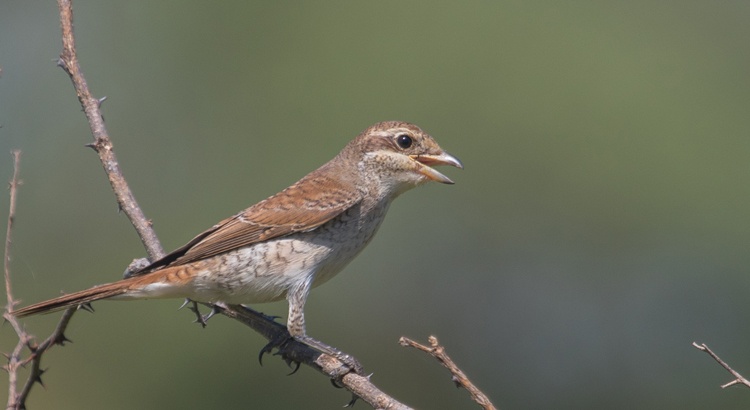
Birding at Greater Rann of Kutch – Passage Migrants
Introduction
The Great Rann of Kutch also called Greater Rann of Kutch or just Rann of is a seasonal salt marshlocated in the Thar Desert in the Kutch District of Gujarat, India The Great Rann of Kutch, along with the Little Rann of Kutch and the Banni grasslands on its southern edge, is situated in the district of Kutch and comprises some 30,000 square kilometers between the Gulf of Kutch and the mouth of the Indus River in southern Pakistan. The marsh can be accessed from the village of Kharaghoda in Surendranagar District. The Great Rann of Kutch is one of the hottest areas of India. The plant life of the marsh consists of grasses such as Apluda and Cenchrus species along with dry thorny shrubs. The Rann of Kutch is the only place in India where flamingoes come to breed. There are 13 species of lark in the Rann of Kutch. The marshes are also a resting site for migratory birds, and are home to over 200 species of bird including the threatened Lesser Florican and Houbara Bustard.
Late September and early October is the time one can find passage migrants.
Itinerary
Day 1: Birding at tropical thorn forest near my place. At possibility of as spotted flycatcher, Rufous-tailed scrub Robin, Red-backed Shrike, common whitethroat and resident birds.
Day 2: Visit fot mahadev with pack breakfast. give lunch at kunj homestay. After lunch we go at laiyari . At possibility of as spotted flycatcher, European nightjar, Rufous-tailed scrub Robin, Red-backed Shrike, common whitethroat, Eurasian cuckoo, European roller and resident birds.
Day 3: Visit lodai with pack breakfast. give lunch at kunj homestay. After lunch we go at chari-lack. At possibility of as spotted flycatcher, European nightjar, Rufous-tailed scrub Robin, Red-backed Shrike, red tail shrike, common whitethroat, Eurasian cuckoo, European nightjar and resident birds.
Day 4: Visit piyoni mahadev with pack breakfast. give lunch at kunj homestay. At possibility of as spotted flycatcher, Rufous-tailed scrub Robin, Red-backed Shrike, common whitethroat, Eurasian cuckoo, European nightjar and resident birds.
[rule style=”rule-fadecorder” ]
Note that this is a sample itinerary and can be customized as per your requirements. Please use the form below to let us know about your requirements and we shall get back to you with an updated itinerary along with a tentative cost.
[rule style=”rule-fadecorder” ]
Enquiry about this tour
Please include complete details and contact information. In case of any special requirement please include the same in other details section.
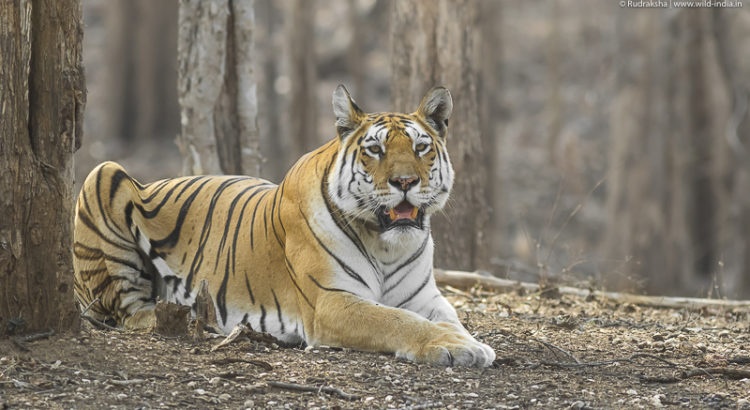
Ranthambore Jungle Safari
Introduction
Ranthambore National Park is one of the largest national parks in northern India. It is situated in Sawai Madhopur district of southeastern Rajasthan, about 110 km northeast of Kota and 160 km southeast of Jaipur, which is also the nearest airport. The nearest town and railway station is at Sawai Madhopur, about 11 km away; Kota is another convenient station as all trains stop here.
About Ranthambore
Ranthambhore was established as the Sawai Madhopur Game Sanctuary in 1955 by the Government of India and was declared one of the Project Tiger reserves in 1973. Ranthambore became a national park in 1980. In 1984, the adjacent forests were declared the Sawai Man Singh Sanctuary and Keladevi Sanctuary, and in 1991 the tiger reserve was enlarged to include the Sawai Man Singh and Keladevi sanctuaries.
Ranthambore wildlife sanctuary is known for its tigers and is one of the best places in India to see these majestic predators in the jungle. Tigers can be easily spotted even during the daytime. A good time to visit Ranthambore National Park is in November and May when the nature of the dry deciduous forests makes sightings common. Its deciduous forests were once a part of the magnificent jungles of Central India.
The park lies at the edge of a plateau and is bounded to the north by the Banas River and to the south by the Chambal River. There are several lakes in the park. It is named for the historic Ranthambhore fortress, which lies within the national park. The park covers an area of 392 square km. It is known for its tiger population and is one of India’s Project Tiger reserves. Other major wild animals include leopard, nilgai, wild boar, sambar, hyena, sloth bear and chital. It is home to wide variety of trees, plants, birds and reptiles. Ranthambore is the site of one of the largest banyan trees in India.
Gallery
Here are few clicks from our previous trips. More clicks can be found on our facebook page at Wild India Eco Tours.
Tour Itinerary
Day 1: Arrival at Sawai Madhopur by 10:30 hrs. Meeting with our Assist at Station or Airport. Transfer to resort. On arrival at resort will discuss about Ranthambore and its wildlife. After lunch, will head directly to afternoon safari. Briefing about Ranthambore wildlife by Expert Naturalist in the evening followed by dinner and sound sleep.
Day 2: Start at 06:00 hours for morning jungle safari in open Jeep with expert Naturalist. After safari breakfast and lunch at the hotel. Evening jungle safari starts at 1400 hours enjoy the wilderness and bird watching. After Evening will have interactive session followed by dinner and night rest.
Day 3: Morning Jungle Safari coming back from jungle safari have breakfast. If time permits we will visit Ranthambore fort. After lunch proceed to Sawai Madhopur railway station or Airport.
[rule style=”rule-fadecorder” ]
Note that this is a sample itinerary and can be customized as per your requirements. Please use the form below to let us know about your requirements and we shall get back to you with an updated itinerary along with a tentative cost.
[rule style=”rule-fadecorder” ]
Enquiry about this tour
Please include complete details and contact information. In case of any special requirement please include the same in other details section.
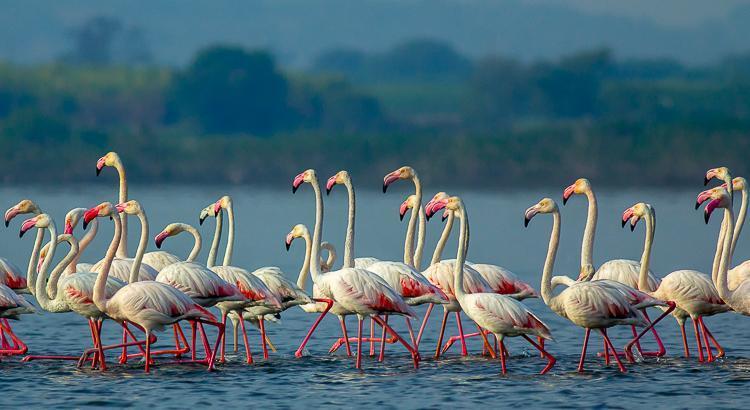
Birding at Bhigwan
Introduction
It gives us an immense pleasure to announce our second birding tour to Bhigwan. Bhigwan is a catchment area of Ujani Dam, about 95 km from Pune on the Pune-Solapur highway. The water catchment area is spread across around the town of Bhigwan and is well-known for migratory birds.
Itinerary
Day 1: Start from Mumbai on 17th February late night (2300 hrs) and arrive at Bhigwan around 0500 hrs. Pune folks will start by 0400 hours on 18th February early morning and reach Bhigwan by 0630 hrs.
Start with boat ride at around 0700 hrs. We do an extended boat ride till 1130 hrs with packed breakfast. Come back and rest for a while followed by lunch. Second boat ride will start by 1500 hrs all the way till the sunset.
Return to hotel and after a quick tea, leave for a night trail to explore for nightjars and owls by 1930 hrs.
Back to hotel by 2130 hrs, dinner and overnight stay at hotel.
Day 2: Start with boat ride at around 0700 hrs. We do an extended boat ride till 1130 hrs with packed breakfast. Come back and start return journey with lunch en-route.
** If time permits and based on flexibility of all members, we may explore grasslands around Bhigwan or explore some lakes along the highway during the return journey **
[rule style=”rule-fadecorder” ]
Note that this is a sample itinerary and can be customized as per your requirements. Please use the form below to let us know about your requirements and we shall get back to you with an updated itinerary along with a tentative cost.
[rule style=”rule-fadecorder” ]
Enquiry about this tour
Please include complete details and contact information. In case of any special requirement please include the same in other details section.
